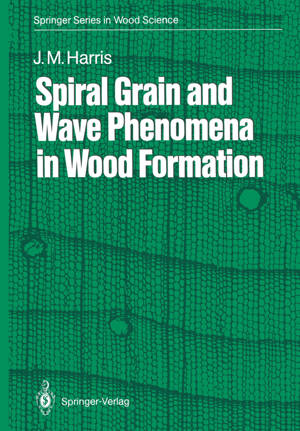
- Afhalen na 1 uur in een winkel met voorraad
- Gratis thuislevering in België vanaf € 30
- Ruim aanbod met 7 miljoen producten
- Afhalen na 1 uur in een winkel met voorraad
- Gratis thuislevering in België vanaf € 30
- Ruim aanbod met 7 miljoen producten
Zoeken
€ 145,19
+ 290 punten
Omschrijving
It is widely recognized that spiral grain in trees severely reduces the value of sawn timber through warping and loss of strength, and that it also causes problems for other wood uses as diverse as transmission poles or plywood. Yet, paradoxically, there are highly valued grain patterns including wavy and interlocked grain, whose origins in the cambium invite direct comparison with those of spiral grain, so that many authorities believe them to be related phenomena. In recent years this concept has prompted extensive research into the anatomy, genetics, and physiology of all such grain patterns in wood. As a result it has become apparent that tree cambia provide excellent systems through which to study the origins of stem polarity and the complex processes of morphogenetic control in plants. Beside these and other pressing topics for research, the book examines methods of measuring grain deviations, and considers their influence on wood properties, on the economics of timber production, and on wood manufacturing.
Specificaties
Betrokkenen
- Auteur(s):
- Uitgeverij:
Inhoud
- Aantal bladzijden:
- 215
- Taal:
- Engels
- Reeks:
Eigenschappen
- Productcode (EAN):
- 9783642737817
- Verschijningsdatum:
- 10/12/2011
- Uitvoering:
- Paperback
- Formaat:
- Trade paperback (VS)
- Afmetingen:
- 170 mm x 244 mm
- Gewicht:
- 376 g

Alleen bij Standaard Boekhandel
+ 290 punten op je klantenkaart van Standaard Boekhandel
Beoordelingen
We publiceren alleen reviews die voldoen aan de voorwaarden voor reviews. Bekijk onze voorwaarden voor reviews.








